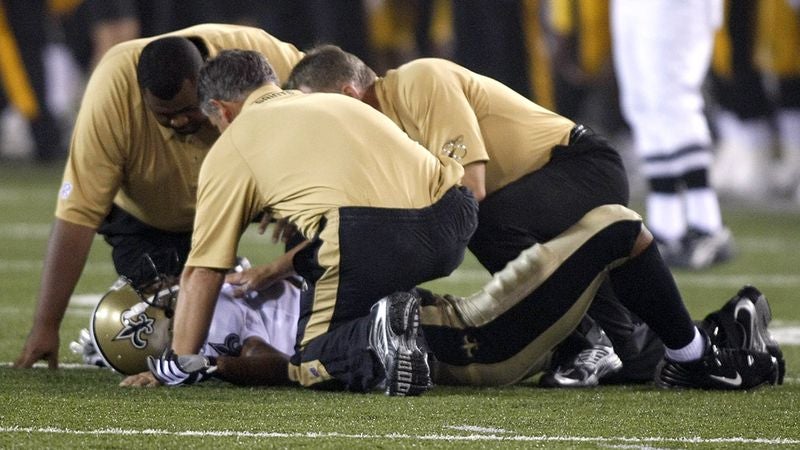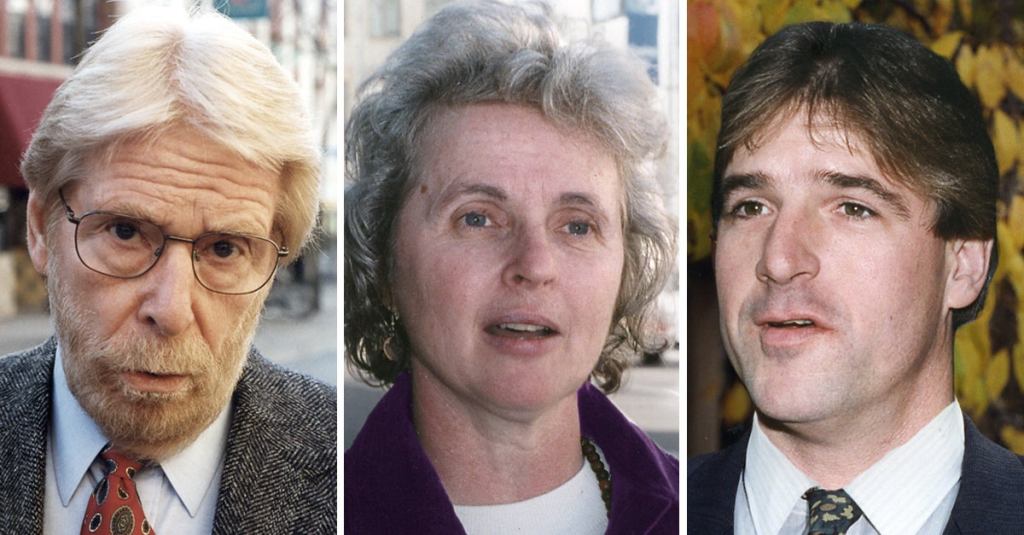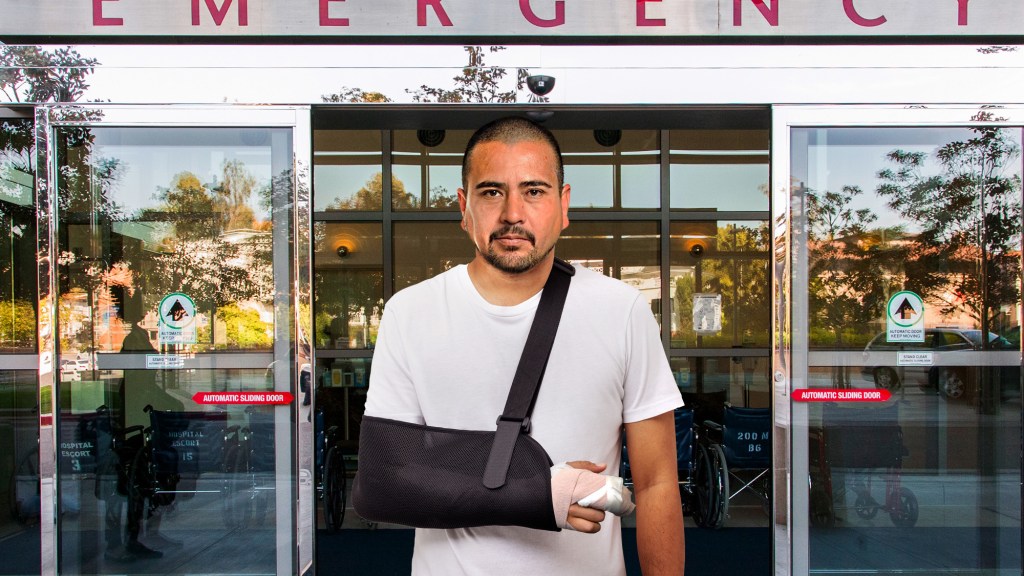NEW YORK—Experts are no closer to finding a cause, let alone a cure, for Sudden Rookie Death Syndrome, the mysterious affliction that kills thousands of first-year players each year in every professional sports league, officials announced Monday.
“While we have made some progress in our understanding of Sudden Rookie Death Syndrome, the fact remains that players in the first 12 months of their careers are still at risk of dying without warning in the middle of a game,” said the introduction to the report, a collaborative effort of the NFL, NBA, NHL, and Major League Baseball, with significant input from the WNBA. “While the rate of deaths due to SRDS has dropped in recent years, it’s not uncommon to find an otherwise-healthy rookie lying flat on his stomach, dead.”
To help prevent SRDS, teams are cautioned to make sure their rookies are physically fit, avoid environmental risk factors outside those routinely encountered in their work, and land safely on their backs when sliding, diving for loose balls, making desperate glove saves, or being tackled.
Doctors said that out of the 37 on-field rookie deaths attributed to SRDS thus far in the 2010 NFL season, 31 were discovered facedown by teammates or coaches.
“Although we are probably still years away from ending this tragic phenomenon, it’s important that we use what we do know to combat turf death, outfield death, court death—all names for what seems to be the same thing,” said Dr. Robert Nahlbaum, a sports-medicine expert at the Mayo Clinic. “Proper nutrition and limited contact with airborne molds or allergens can be vital for players in the infancy of their careers.”
According to league records across all sports, SRDS is responsible for .0543 deaths per 1,000 first-year players, and is four times more likely to affect male rookies than female rookies. Last month, first-round draft pick John Wall was found lifeless in the Washington Wizards training facility, just weeks before Cleveland Browns quarterback Colt McCoy—whose NFL career was only six weeks old—succumbed to SRDS on the practice field between push-ups.
As more information about SRDS comes to light, coaches are reportedly doing their part to fight the disease. In addition to placing first-year players in a supine, versus prone, position whenever possible, team officials have been keeping an eye on locker-room thermostats, refraining from smoking around their rookies, and making sure rookies experience only minimal exposure to potentially toxic artificial turf during games.
Despite the drop in deaths, most in the professional sports world believe it is essential to remain vigilant.
“Certainly we’re not going to see a repeat of what happened to the promising young men of the 1974 draft, all cut down in their prime by SRDS,” said NHL commissioner Gary Bettman, adding that his league is doing all it can to work toward a day when no rookie will be found dead on the ice of no apparent cause. “But to say that rink death is no longer a problem is not just ignorant—it’s deadly.”
Officials admitted that denial of SRDS was still a real danger, one they attribute partially to the culture of toughness in athletes and coaches, but also to simple fear.
“We understand the thought of losing a player is unbearable, especially a player that young,” said Dr. Lisa Callahan, the director of player care for the New York Knicks. “But saying, ’Oh, my rookies would rather slide on their stomachs into second base instead of going feetfirst’—well, that’s not healthy.”
“Believe me,” Callahan continued, “if SRDS does strike, the coach who said that will feel the guilt a hundred times worse.”







